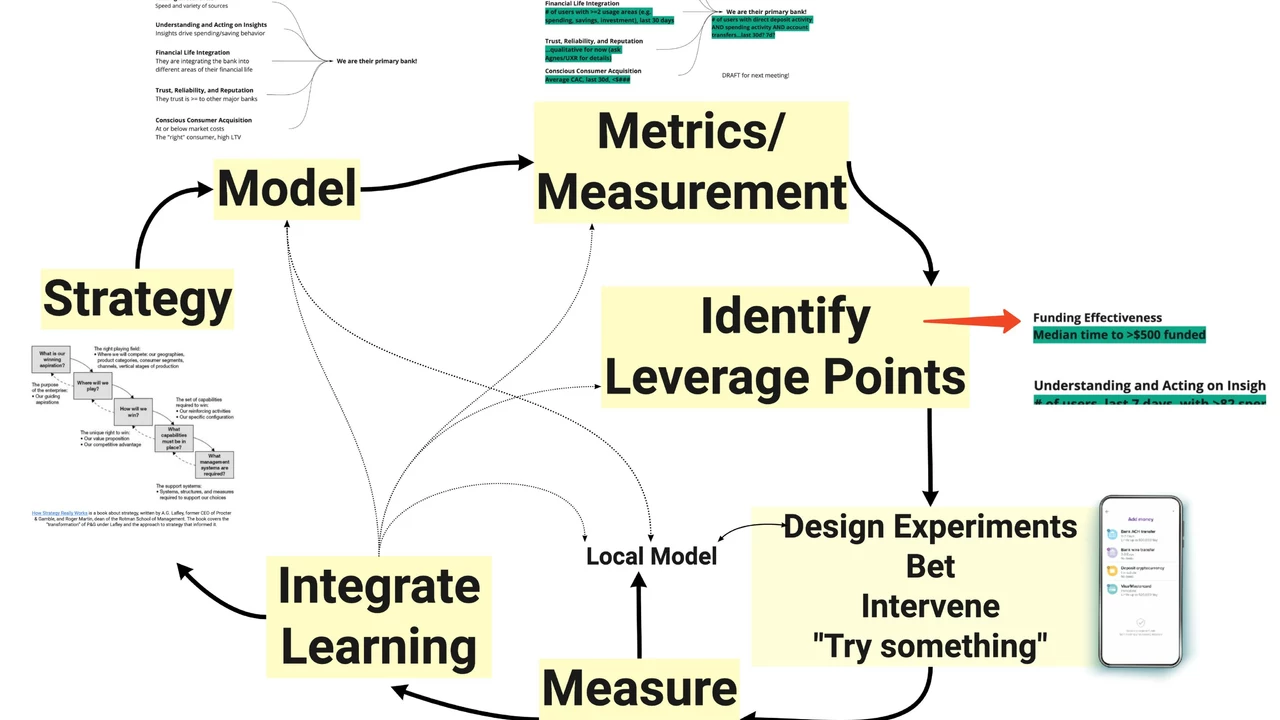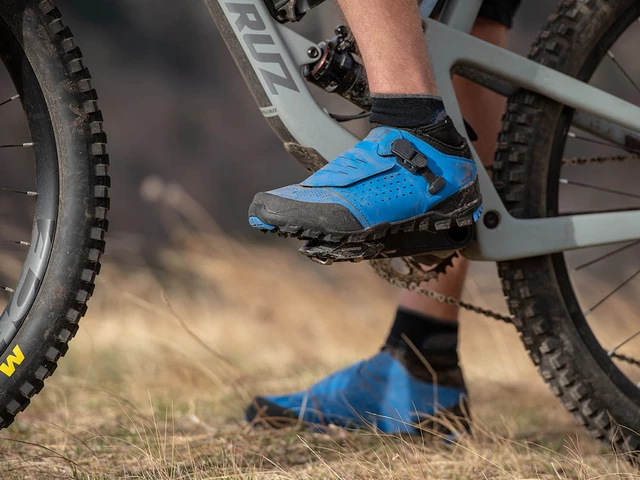Smart Cycling Strategies to Level Up Your Ride
Want to get more out of every pedal stroke? A solid strategy can turn a casual spin into a fast, confident ride. Below are real‑world tips you can try today, whether you’re cruising city streets, tackling hills, or hitting the BMX track.
Plan Your Route Like a Pro
Before you hop on, take a minute to map out where you’re going. Use a phone app or a simple sketch to spot steep climbs, traffic hotspots, and bike lanes. Knowing the terrain helps you choose the right gear and pace, so you won’t waste energy on unexpected hills. If you’re riding in a new area, try a short test loop first – it’s cheaper than a flat‑tire later.
Timing matters too. Early mornings usually mean lighter traffic and cooler temps, which translates to smoother rides and less sweat. If you can shift your commute by 30 minutes, you’ll notice the difference immediately.
Gear Up With Purpose
A bike is only as good as the parts you match to your goal. For flat city rides, a narrow tire and a smooth tread reduce rolling resistance. Heading off‑road? Wider knobby tires give better grip and confidence on loose surfaces. Don’t forget your helmet – a snug fit not only protects you but also improves aerodynamics.
Don’t over‑load your bike either. Extra weight slows you down and taxes your brakes. Pack only what you truly need: a lock, a pump, and maybe a snack. The lighter you are, the easier it is to maintain speed without screaming for a hill.
Boost Your Fitness With Smart Training
Training isn’t just about long rides. Mix in interval sessions – 2 minutes hard, 2 minutes easy – to raise your heart rate and improve stamina faster. On rest days, opt for a relaxed spin or a short walk to keep muscles loose.
Hydration and nutrition are part of the strategy too. A bottle of water within reach prevents fatigue, and a banana before a long ride supplies quick carbs. Small habits add up to big performance gains.
Race Tactics for the Competitive Rider
If you’re entering a BMX race or a local criterium, position matters. Stay near the front to avoid bottlenecks, but don’t lead the pack if you’re not ready to set the tempo. Look for openings on the inside line – they’re often shorter but require confidence.
Read your opponents. If a rider is consistently pushing hard on the straights, you can let them tire out and make a move on the climbs. Timing your sprint for the final 200 meters usually yields the best results.
Safety Strategy – Ride Smart, Ride Safe
Being visible is a strategy in itself. Wear bright clothing and use reflective tape on your bike and shoes. Signal turns early so drivers and fellow cyclists know your intentions.Check your bike before each ride: brakes, tire pressure, chain lubrication. A quick pre‑ride inspection can prevent a flat or a slip that would ruin your day.
Finally, trust your instincts. If a road feels unsafe or weather turns bad, reroute. A smart cyclist knows when to push forward and when to pull back.
Put these strategies into practice and watch your confidence grow. You’ll ride longer, faster, and safer without feeling like you’re working harder. Ready to try one tip right now? Grab your bike and give it a go – the only thing standing between you and a better ride is a plan.
Drafting in cycling is a technique that can greatly increase efficiency by reducing wind resistance. By riding closely behind another cyclist, a rider can save significant energy, sometimes up to 30%. This tactic is common in professional races but requires skill and trust between riders to avoid accidents. However, it's not always the best strategy for beginners due to safety concerns. Overall, drafting can be an extremely effective strategy in cycling when used correctly.
Read more





